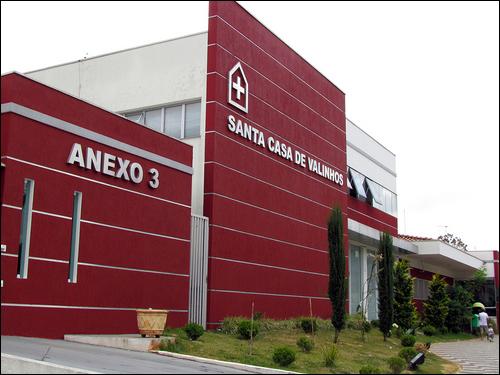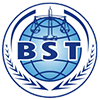Brazilian Hospital Improves Care for ICU Patients
Santa Casa de Valinhos deployed an Internet of Things solution from Taggen RFID Solutions that facilitates the location of its equipment.
Santa Casa de Valinhos maintains 102 active beds and carries out, on average, 450 surgeries, 800 hospitalizations and 10,000 emergency room visits per month. The hospital reports that it has implemented an Internet of Things (IoT) solution to quickly identify and locate the equipment in its intensive care unit.
The system employs Bluetooth Low Energy (BLE) beacons that emit signals to a control center. The initiative is the result of a partnership between Taggen RFID Solutions and Biocam Hospital Equipment.
Edson Manzano, the superintendent of Santa Casa de Valinhos, says the project originated with the need to update inventory, monitor displacements and locate devices. “The real-time tracking system hampers diversions and thefts, makes it easier to locate equipment for patient care, lowers maintenance costs and streamlines asset audits,” Manzano says, adding that the current system replaces controls that previously were performed manually. “We were able to optimize our resources better.” Among the equipment screened are cardiac monitors, infusion pumps and electrocardiograph machines.
The implementation of the IoT project allows the hospital to meet the current norm of annual inventory counts, as well as the maintenance of Brazil’s National Accreditation Organization (ONA) certificate. This certification evaluates the quality of health services, Manzano says, in addition to establishing transparent management with continuous improvements.
With the system, equipment location data is integrated into the Genesis hospital asset-management system for analysis by IBM Watson. “The project involves an RTLS [real-time location system] for real-time location focused on controlling the movement of hospital equipment,” says Mario Prado, Taggen’s CTO.
“Previously, the process required frequent inventory counts,” Prado explains. “Critical equipment to support the life of patients was often delayed. The system currently monitors the location of the equipment in real time.” The solution uses beacons manufactured by Taggen RFID Solutions, which constantly transmit their location via Bluetooth signals, following Google’s Eddystone beacon standards. “The benefits of this technology are the low cost of deployment and the ability to use a customer’s existing IT infrastructure and provide cloud service.”










Leave a Reply
Want to join the discussion?Feel free to contribute!